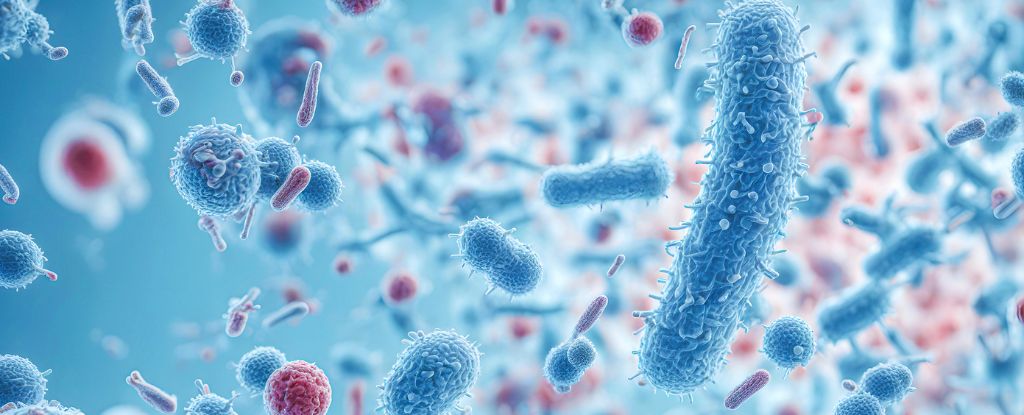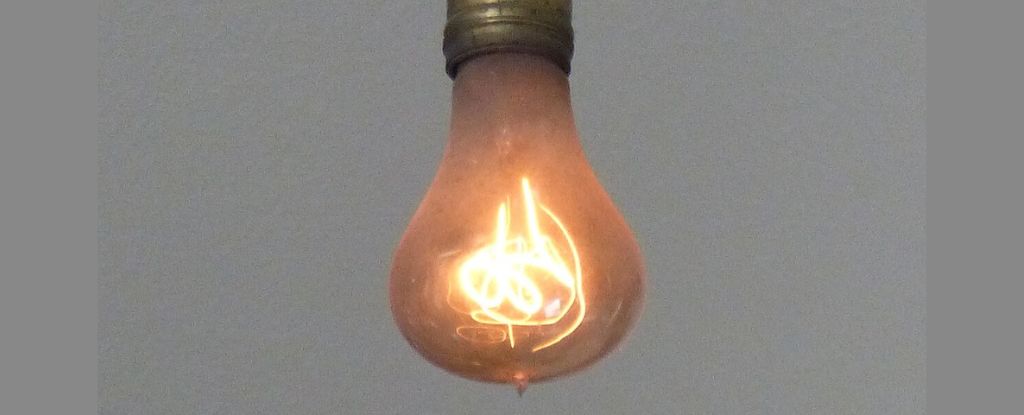– A new study from University of Texas suggests that defenses against viruses in complex organisms like humans first evolved billions of years ago in early single-celled microbes.
– Ancient archaea called Asgard archaea that lived 2 billion years ago are the closest living relatives to the last common ancestor of all eukaryotes including animals, plants and fungi.
– By analyzing Asgard archaea genomes, researchers found they contain many similar immune defense systems to eukaryotes, suggesting these defenses were passed down from early microbial ancestors.
– Two key defense proteins found in Asgard archaea as well as eukaryotes are viperin, which silences viral reproduction, and argonautes, which chop up DNA to stop viral spread.
– Experiments showed cloned viperin proteins from Asgard archaea provided some protection to E. coli bacteria against viruses.
– This supports the idea that viral defenses evolved very early in simple life and were inherited by more complex organisms, highlighting the influence of microbes on the evolution of immunity.
Source: Science Alert









